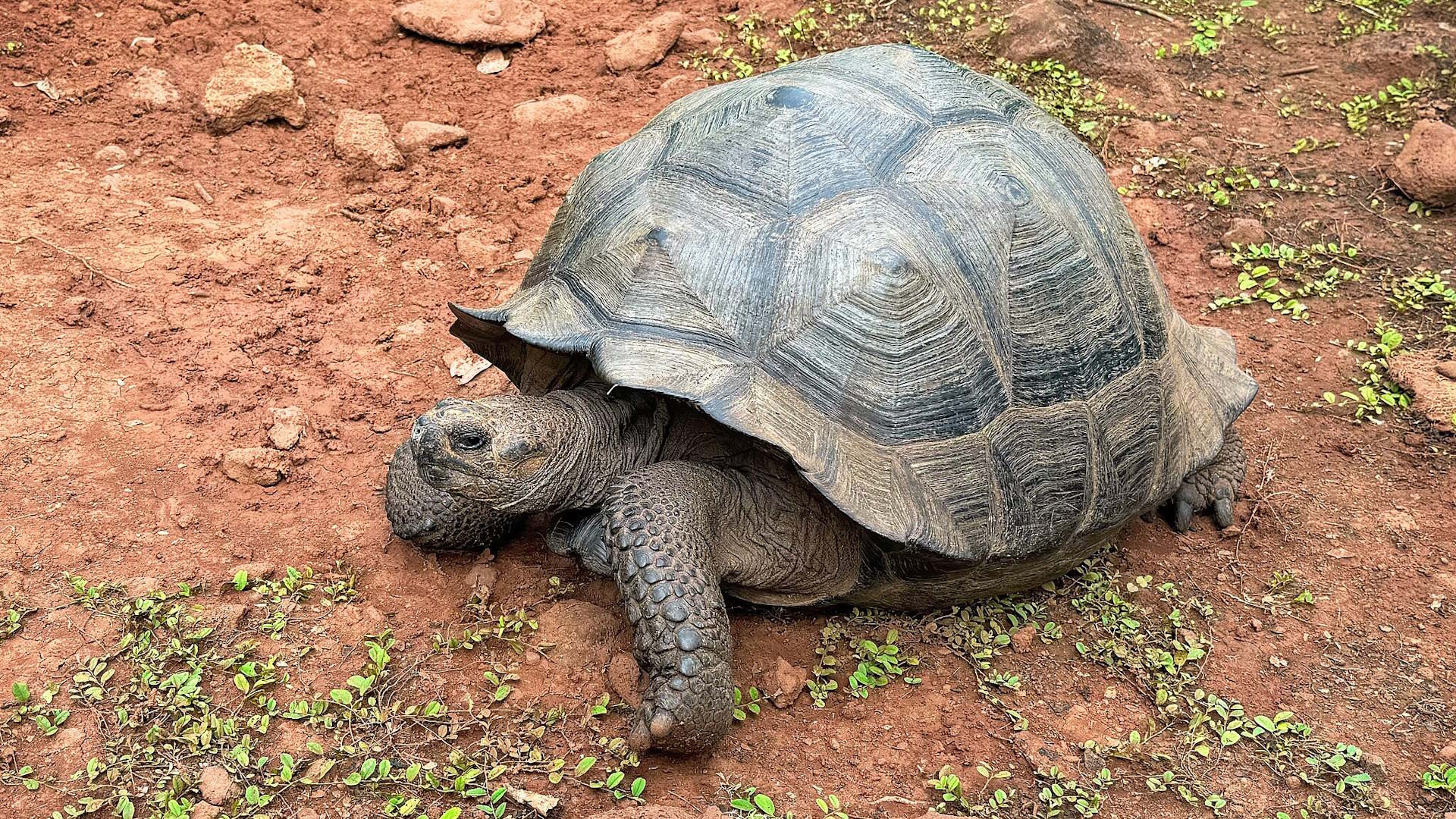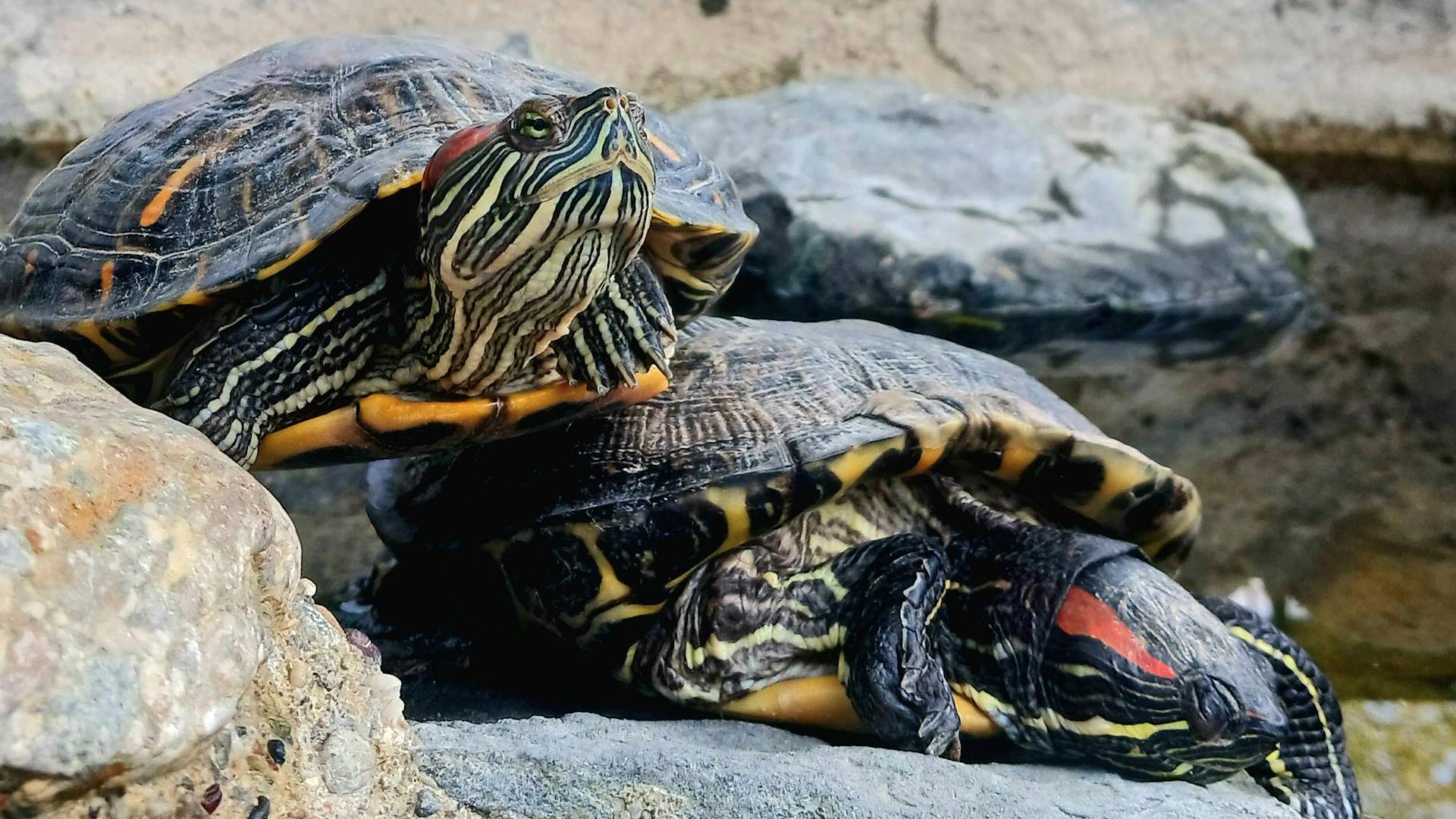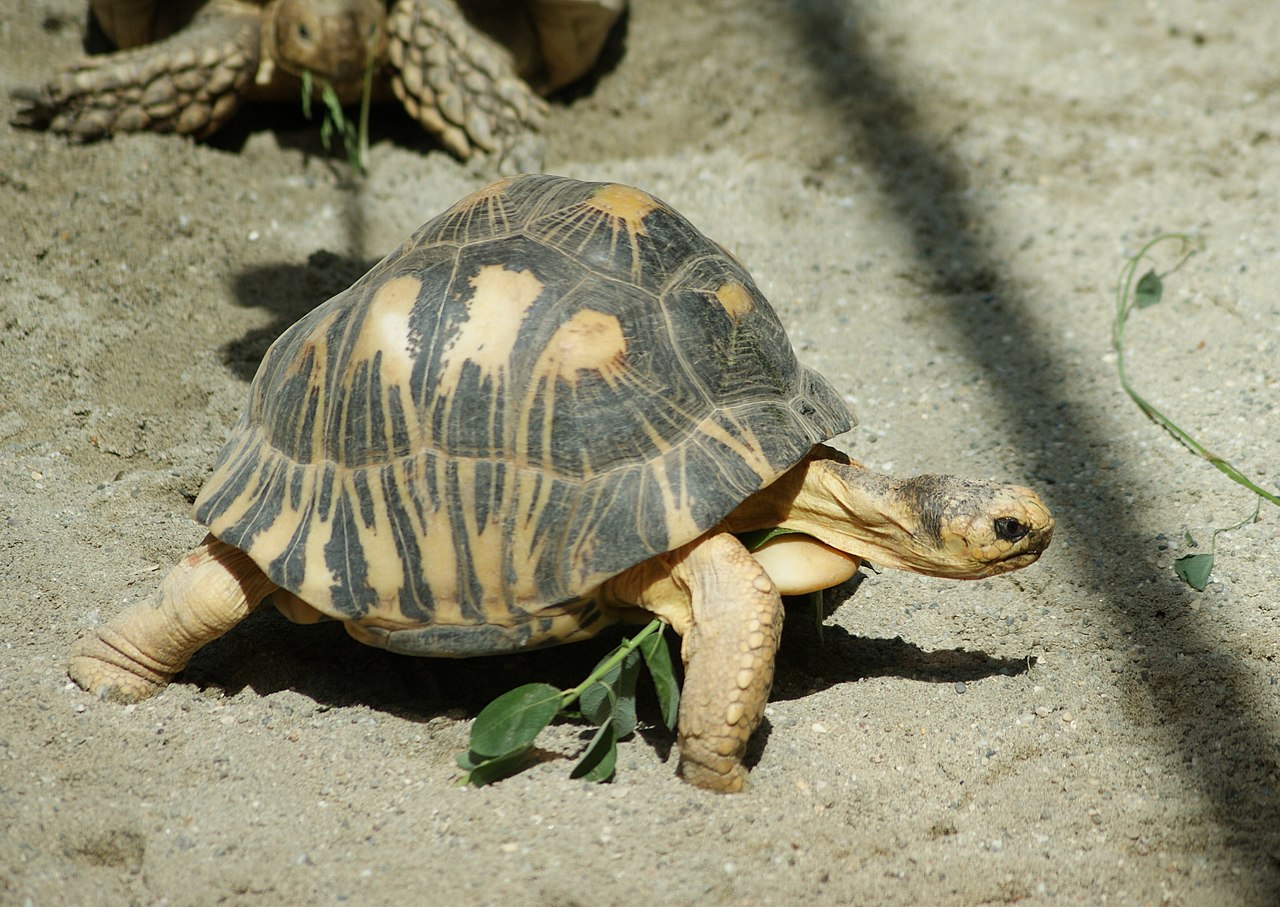Turtles, with their ancient lineage dating back over 220 million years, have survived asteroid impacts and ice ages only to face their greatest threat in human exploitation. These remarkable reptiles—known for their distinctive shells and unhurried pace—have become prime targets in the illegal wildlife trade. From the critically endangered ploughshare tortoise of Madagascar to the beloved box turtles of North America, turtle populations worldwide are being decimated to supply black markets with pets, traditional medicines, and luxury food items. The scale of this crisis is staggering, with millions of turtles harvested annually, pushing many species to the brink of extinction. This widespread trafficking represents not just a conservation emergency but a complex intersection of cultural traditions, economic incentives, and ineffective enforcement that demands our immediate attention.
The Staggering Scale of the Turtle Trafficking Crisis

The numbers behind turtle trafficking paint a disturbing picture of a trade that operates on an industrial scale across continents. Conservative estimates suggest that tens of millions of turtles and tortoises are captured from the wild annually, with Asia alone consuming over 10 million turtles each year for food and traditional medicine. China’s southern provinces represent one of the largest markets, where turtle consumption has increased dramatically despite population declines of over 90% for many native species. In just a single documented case from 2018, authorities in Madagascar intercepted a shipment containing over 10,000 critically endangered radiated tortoises destined for Asian markets—a haul representing only a fraction of what successfully evades detection. Perhaps most alarming is the acceleration of the trade, with seizure data revealing a 40% increase in trafficking volume over the past decade as new markets emerge and established ones expand.
Why Turtles Are Particularly Vulnerable to Exploitation

Turtles possess several biological characteristics that make them exceptionally vulnerable to over-exploitation, creating a perfect storm for population collapse. Their slow reproductive strategy—including late maturity (some species don’t reproduce until 15-20 years of age) and low reproductive output—means populations cannot quickly recover from harvest pressure. Unlike many mammals or birds that can produce multiple offspring annually, most turtle species lay just one or two clutches of eggs per year, with high natural mortality rates for hatchlings. Additionally, turtles’ predictable behavior patterns, including communal nesting and basking sites, make them easy targets for collectors who can harvest entire populations with minimal effort. Their relatively slow movement on land further increases their vulnerability to capture, while their compact size and hardiness (ability to survive weeks without food or water) makes them ideal for transport in the illegal wildlife trade, allowing smugglers to move large numbers with relatively low mortality rates.
The Exotic Pet Trade: Designer Shells and Rare Species

The exotic pet trade drives a significant portion of turtle trafficking, with certain species commanding extraordinary prices that incentivize continued poaching. Rare specimens like the ploughshare tortoise from Madagascar can fetch upwards of $50,000 on black markets, while albino or unusually colored variants of more common species like the red-eared slider sell for thousands of dollars to collectors seeking unique specimens. Social media has dramatically accelerated this trade, with Facebook groups and other platforms facilitating connections between poachers and buyers while making enforcement increasingly difficult. The appeal of turtles as pets stems partly from their perceived low maintenance requirements, though many purchasers remain unaware of their specialized needs including proper temperature regulation, diet, and lifespans that can exceed 50 years for many species. Particularly troubling is the trend toward collecting the rarest species, creating a perverse incentive where a turtle’s market value increases as it approaches extinction—essentially putting a premium on the most endangered animals.
Traditional Medicine: Ancient Practices and Modern Markets
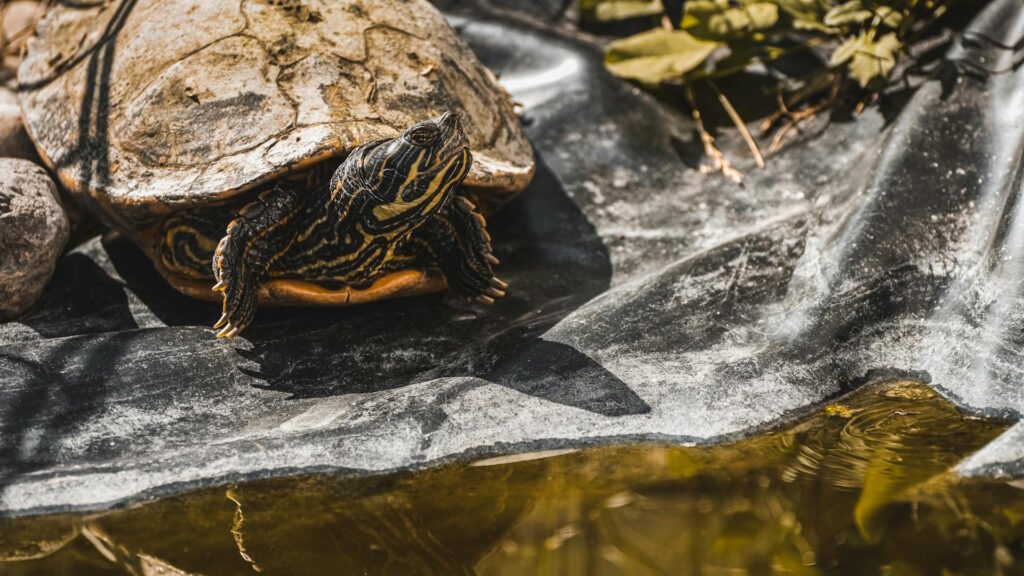
Turtle-based remedies have been central to traditional medicine systems across Asia for centuries, particularly in China, Vietnam, and Malaysia, where various turtle parts are prescribed for ailments ranging from cancer to kidney disease. Turtle plastron (the bottom shell) is particularly valued and commonly ground into powder for medicinal preparations believed to purify blood and enhance longevity, while turtle jelly (guilinggao) remains a popular health tonic made from boiled turtle shell. Scientific validation for these purported health benefits remains largely absent, yet the cultural significance and generations of traditional use create powerful demand resistant to conservation messaging. The rapid economic development across Asia has expanded the consumer base for these products, with middle-class consumers now able to afford remedies once reserved for elites, increasing pressure on wild populations. As native Asian turtle populations have declined precipitously, traffickers have shifted to importing species from other continents, creating a truly global trade network that complicates enforcement efforts and threatens turtle diversity worldwide.
The Food Market: From Subsistence to Luxury

Turtles have transitioned from subsistence food to luxury cuisine across much of their range, dramatically escalating harvest pressure on wild populations. In southern China and Vietnam, turtle meat symbolizes prosperity and male virility, with a single meal featuring soft-shell turtle potentially costing several hundred dollars in upscale restaurants. This shift from occasional consumption to status symbol has been particularly devastating for turtle populations across Southeast Asia, where an estimated 13,000 tons of turtles are consumed annually in China alone. The preparation of turtle dishes often involves extreme cruelty, with some culinary traditions requiring turtles to be sliced open while still alive based on the belief that suffering enhances flavor or medicinal properties. Even countries with strong wildlife protection laws often struggle to address the issue when consumption occurs through established cultural traditions, as seen in regions of the United States where turtle harvesting continues under various exemptions despite declining populations.
Major Trafficking Routes and Hotspots

Turtle trafficking follows well-established routes that connect biodiversity hotspots to consumer markets, often exploiting weak enforcement capacity in source countries. Southeast Asia serves as both source and destination, with countries like Indonesia and Malaysia supplying China and Vietnam through complex networks that frequently involve multiple border crossings to obscure the origin of smuggled animals. Madagascar has emerged as a critical source for rare tortoises, with poachers targeting species found nowhere else on Earth and smuggling them primarily through East African ports and onward to Asian markets. In the Americas, trafficking flows northward from the species-rich tropics, with Mexican species crossing into the United States while North American species like box turtles and spotted turtles flow to Asian markets through cargo shipments disguised as legal exports. Maritime routes present particular challenges for enforcement, with fishing vessels implicated in transporting turtles between islands in Southeast Asia, often using remote landing sites that avoid formal ports of entry and inspection.
The Role of Organized Crime in Turtle Trafficking

Wildlife trafficking, including the turtle trade, has become increasingly dominated by sophisticated criminal networks attracted by high profits and relatively low risks compared to drug trafficking. These organizations employ tactics similar to those used in narcotics smuggling, including falsified documentation, shell companies, and corruption of officials to facilitate cross-border movement of protected species. Investigations have revealed connections between turtle trafficking and other criminal enterprises, with the same networks often engaged in multiple illegal activities including human trafficking, counterfeiting, and arms dealing. The involvement of organized crime has professionalized wildlife trafficking, with specialized roles including poachers, middlemen, document forgers, and retail distributors creating resilient networks that quickly adapt to enforcement efforts. Financial investigations reveal that proceeds from turtle trafficking often move through the same money laundering channels used for other criminal activities, with profits ultimately integrated into legitimate businesses or real estate investments that obscure their illicit origin.
Environmental Consequences Beyond Population Decline
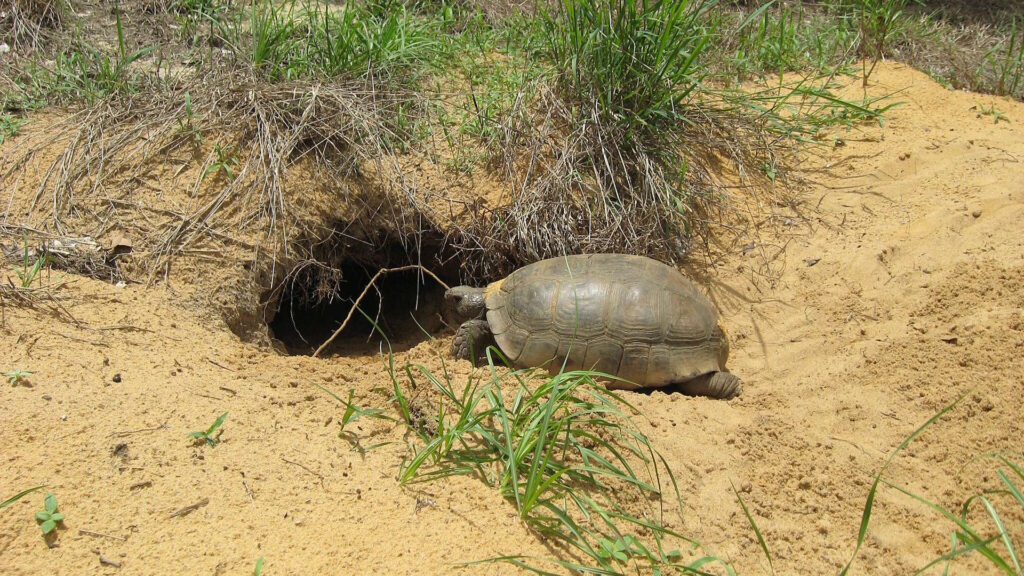
The removal of turtles from ecosystems creates cascading ecological effects that extend far beyond the immediate population impacts on targeted species. As seed dispersers, many turtle species play crucial roles in maintaining forest health and plant diversity, with studies demonstrating that certain plant species show reduced germination rates in areas where tortoises have been removed. Freshwater turtles serve as ecosystem engineers in aquatic environments, controlling algae populations, scavenging dead organisms, and cycling nutrients through their feeding activities and waste products. The loss of these functions can trigger trophic cascades that fundamentally alter ecosystem dynamics, potentially leading to algal blooms in freshwater systems or changes in plant community composition in terrestrial habitats. Particularly concerning is evidence that selective harvesting for the largest individuals (which are most valuable commercially) creates evolutionary pressure favoring smaller adult sizes and earlier reproduction, potentially resulting in permanent genetic changes to wild populations even if harvesting eventually stops.
Laundering Through Legal Channels: Captive Breeding Deception

A particularly insidious aspect of the turtle trade involves laundering wild-caught specimens through supposedly legal captive breeding operations. While legitimate captive breeding programs exist, unscrupulous operators frequently claim wild-caught turtles as captive-bred to obtain export permits under CITES regulations, effectively “laundering” poached animals into legal commercial streams. The slow reproductive rate of most turtle species makes large-scale commercial breeding economically unfeasible for many species, yet export data often shows impossible numbers of “captive-bred” specimens entering international trade. DNA testing conducted on seized shipments has repeatedly demonstrated that turtles claimed as captive-bred show genetic diversity consistent only with wild populations, proving the extent of this fraudulent practice. In one particularly egregious case from 2019, a facility in Madagascar claiming to produce thousands of radiated tortoises annually was found to have no breeding adults or egg-laying facilities whatsoever, serving merely as a front for laundering wild-caught specimens.
Enforcement Challenges and Legal Loopholes

Wildlife enforcement agencies face overwhelming challenges in combating turtle trafficking, beginning with simple resource limitations that make comprehensive inspection of cargo virtually impossible. At major ports like Hong Kong, less than 1% of shipping containers undergo physical inspection, creating ample opportunities for smugglers to move contraband with minimal risk of detection. When turtles are discovered, taxonomic identification presents another hurdle, as enforcement officers typically lack specialized training to distinguish between similar-looking species with very different legal statuses. Legal frameworks often contain loopholes exploited by traffickers, such as regulations that protect wild specimens but allow trade in “captive-bred” individuals without requiring proof of breeding origin. Inter-jurisdictional coordination presents another significant challenge, with investigations frequently stalling when they cross international boundaries due to differing legal standards, priorities, and communication barriers between agencies. Perhaps most troublingly, corruption within enforcement agencies themselves sometimes undermines conservation efforts, with documented cases of officials accepting bribes to facilitate illegal turtle shipments or “losing” confiscated specimens back to the black market.
Conservation Efforts and Success Stories
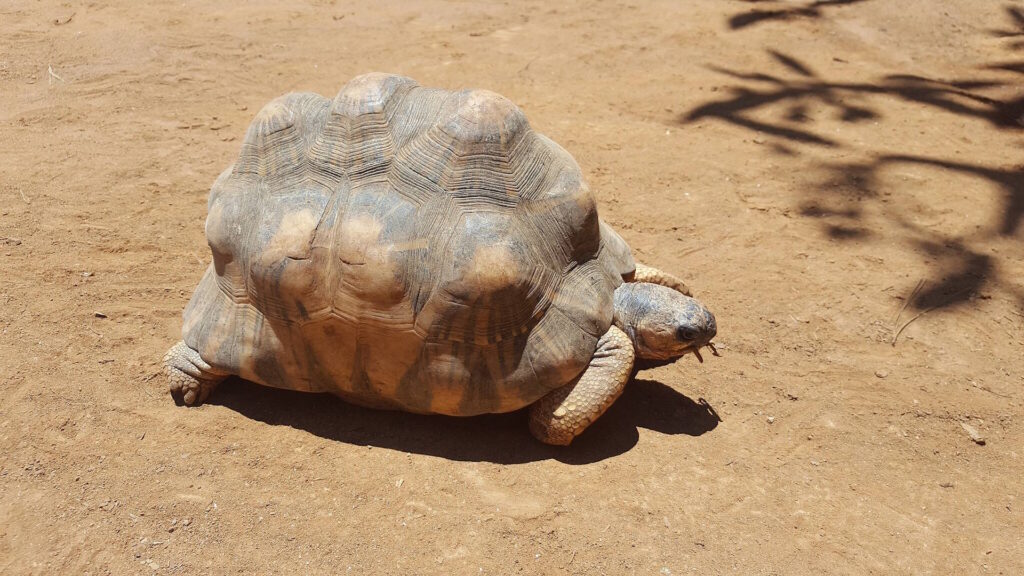
Despite the overwhelming challenges, coordinated conservation efforts have achieved meaningful successes in protecting certain turtle species from trafficking. The Turtle Survival Alliance operates assurance colonies for critically endangered species, maintaining genetically diverse populations in secure facilities as a safeguard against extinction in the wild while simultaneously working with local communities to reduce poaching. Innovative technologies are transforming enforcement capabilities, including microchipping of high-value species like ploughshare tortoises and the development of portable DNA testing equipment that allows field identification of species from minimal samples. Community-based conservation initiatives have shown particular promise, with projects in Madagascar and Southeast Asia employing former poachers as turtle guardians, leveraging their intimate knowledge of local terrain and turtle behavior to protect rather than exploit these animals. Education programs targeting consumer markets have begun shifting cultural attitudes, particularly among younger generations, with surveys in Vietnam showing decreasing acceptance of turtle consumption among urban youth compared to their parents’ generation.
The Path Forward: Integrated Solutions
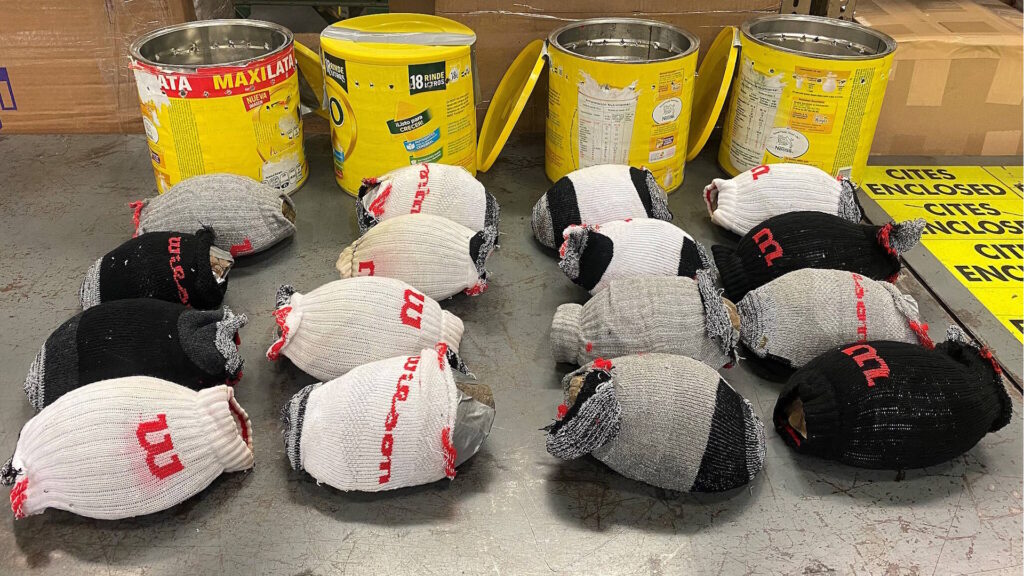
Addressing turtle trafficking effectively requires coordinated action across multiple fronts, beginning with strengthened legal frameworks that eliminate loopholes and establish meaningful penalties for trafficking. Supply-chain traceability systems similar to those used for timber and fisheries could verify the legal origin of commercially traded turtles, particularly when coupled with genetic testing to verify claims of captive breeding. Demand reduction campaigns tailored to specific cultural contexts remain essential, with successful models like those used to reduce shark fin consumption in China offering templates for changing consumer behavior around turtle products. Sustainable captive breeding programs, properly regulated and verified, could potentially meet commercial demand for certain species while relieving pressure on wild populations, though this approach requires careful implementation to avoid creating laundering opportunities. Perhaps most fundamentally, elevating the protection status of turtles to match that of more charismatic species like elephants and rhinos would direct additional resources and attention to the crisis, recognizing that these ancient reptiles face extinction threats every bit as severe as their more publicized mammalian counterparts.
Individual Action: What You Can Do
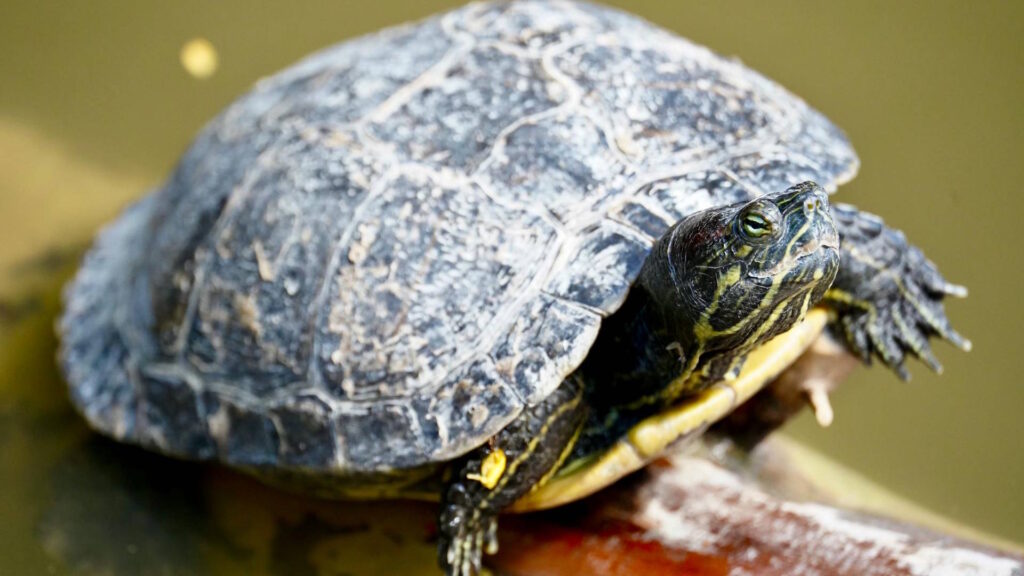
Individual consumers play a crucial role in combating turtle trafficking through their choices and advocacy. Before acquiring any turtle as a pet, thoroughly research its origin and only purchase from reputable breeders who can provide documentation of legal captive breeding—remembering that unusually low prices often indicate suspicious sources. When traveling internationally, avoid all turtle products including trinkets made from shells, traditional medicines containing turtle ingredients, or food items featuring turtle meat, regardless of local customs or assurances about sourcing. Supporting conservation organizations focused specifically on turtle protection provides critical resources for frontline efforts to protect these species, with groups like the Turtle Conservancy and Turtle Survival Alliance achieving measurable conservation impacts worldwide. Perhaps most importantly, raising awareness about the turtle trafficking crisis through social media, community education, and personal conversations helps build the public pressure necessary for policy changes and enforcement prioritization, transforming these overlooked reptiles from silent victims to recognized symbols of the global biodiversity crisis.
Conclusion
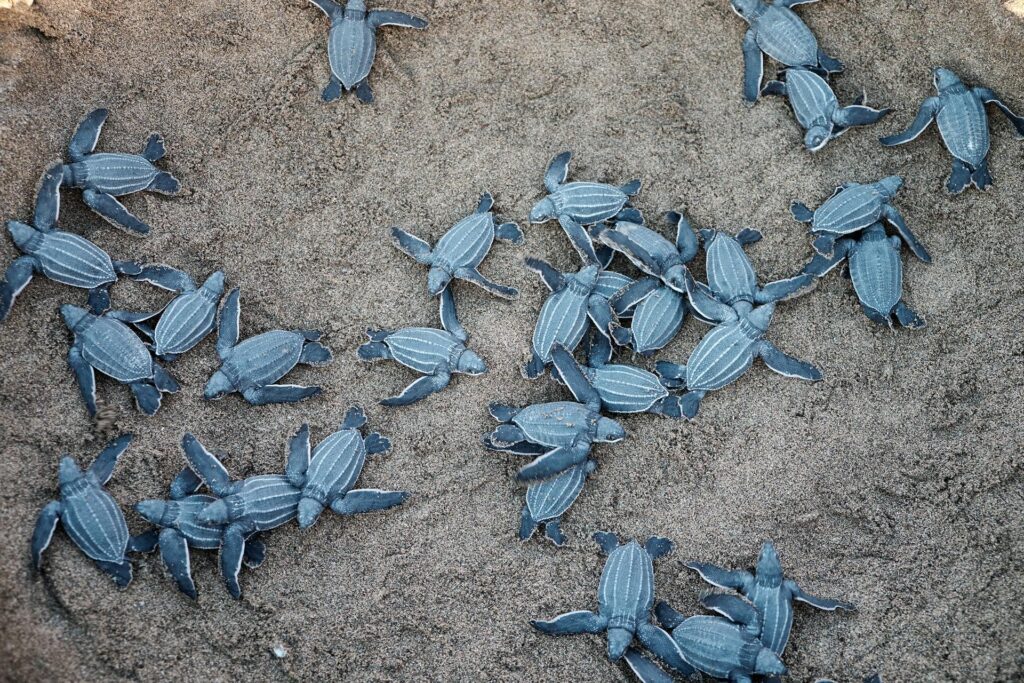
The global trafficking of turtles represents one of the most severe yet underappreciated wildlife conservation crises of our time. From the pet trade to traditional medicine to luxury food markets, human exploitation threatens to erase lineages that have survived for hundreds of millions of years. What makes this crisis particularly tragic is its preventability—unlike threats such as climate change or habitat loss, trafficking can be directly addressed through enforcement, education, and demand reduction. The solutions exist, but require greater prioritization, resources, and public awareness. By understanding the complex drivers of turtle trafficking and supporting integrated conservation approaches, we can help ensure these remarkable reptiles continue their ancient journey on Earth, not as commodities in black markets, but as living ambassadors of evolutionary resilience and ecological importance.


